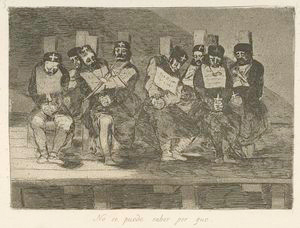The last soldiers of the First World War have left us now. The 100th anniversary of the outbreak of that war will be in August this year, and with that in mind a few recent finds called my imagination to create assemblage art. A modern television set color cap became a helmet, an old light bulb fixture from a now demolished building became the form of a soldier, his eyes staring with dazed rings created from antique Parcheesi game pieces -- glue and etched markings on the light bulb glass resemble gently falling tears. With a plastic toy gun the soldier stands at the ready in a field of daisy like upholstery tacks which, though surrounded by fencing made of metal nails representing the dangers of barbed wire in the field, has not yet turned to become the life sucking mud of the First World War trenches. There is hope. He will fight. He will win the battles that life sets before him and thus always remain a soldier.
Though from a different war, the light bulb and theme of a soldier then called to my mind a famous phrase used by General Douglas McArthur in his farewell speech, "old soldiers never die". Around the wood base of the assemblage sculpture are those words pieced together from magazine cut-out letters pasted into place.
"I am closing my 52 years of military service. When I joined the Army, even before the turn of the century, it was the fulfillment of all of my boyish hopes and dreams. The world has turned over many times since I took the oath on the plain at West Point, and the hopes and dreams have long since vanished, but I still remember the refrain of one of the most popular barrack ballads of that day which proclaimed most proudly that "old soldiers never die; they just fade away."
And like the old soldier of that ballad, I now close my military career and just fade away, an old soldier who tried to do his duty as God gave him the light to see that duty."
-- General Douglas McArthur in his farewell speech to Congress
►First World War Centenary http://www.1914.org/why_remember/
►Check availability of this artwork by clicking HERE.

*Original art images ©Tree Pruitt T. E. Pruitt, unless otherwise indicated. Contact the artist prior to ANY use please.













